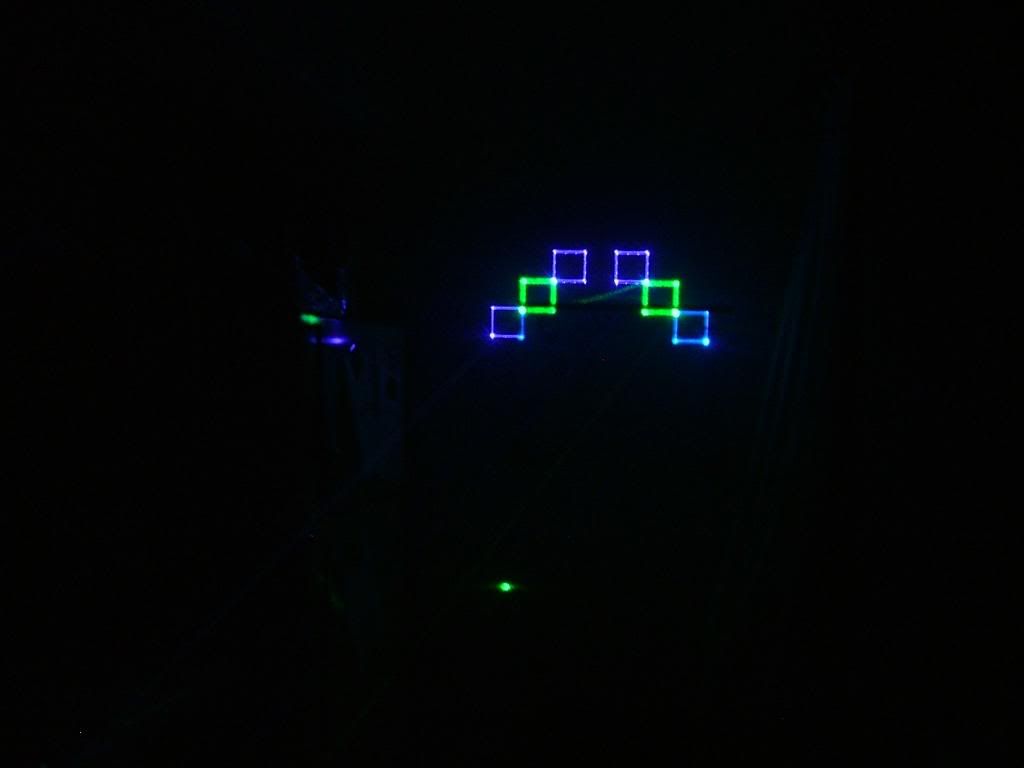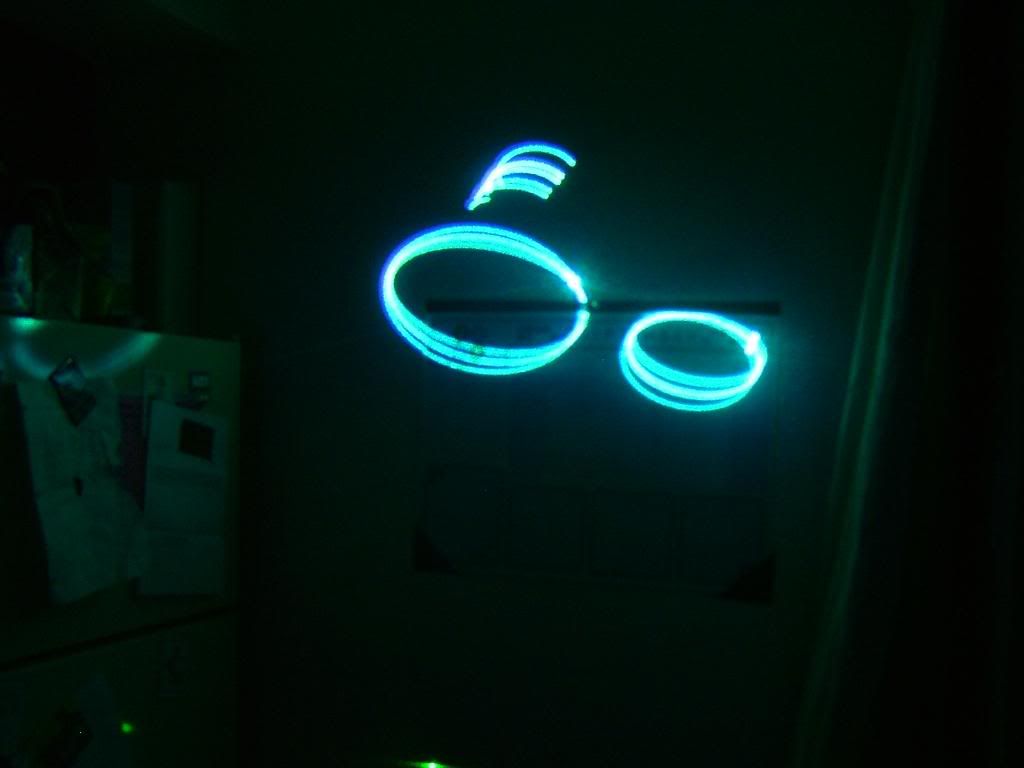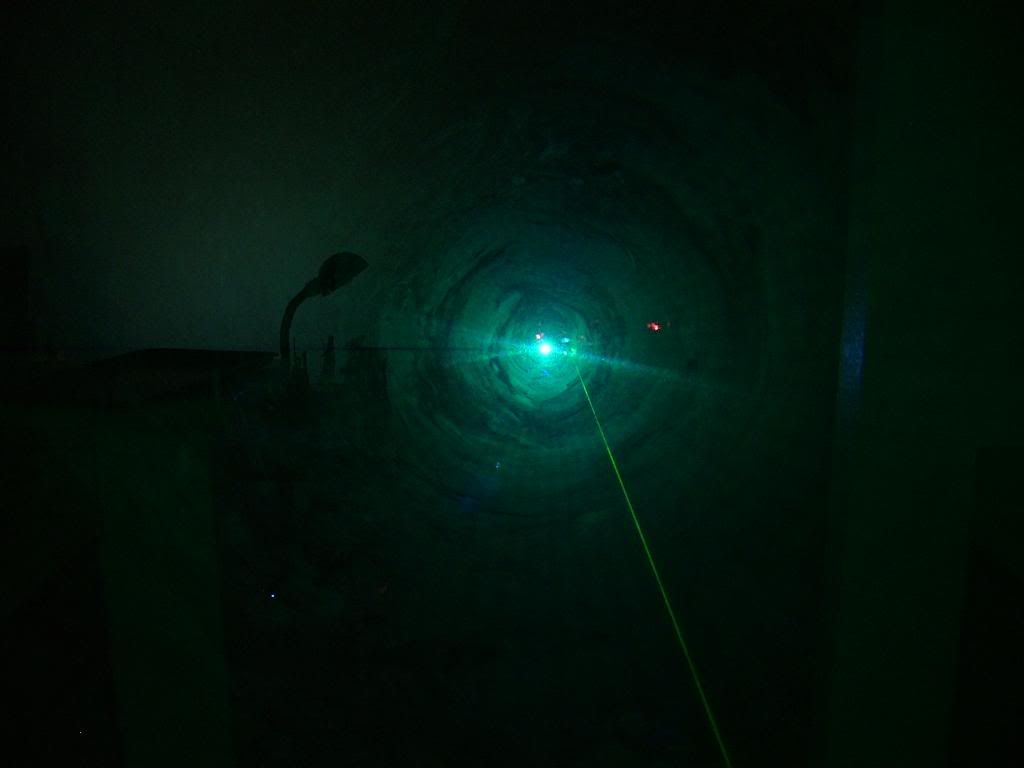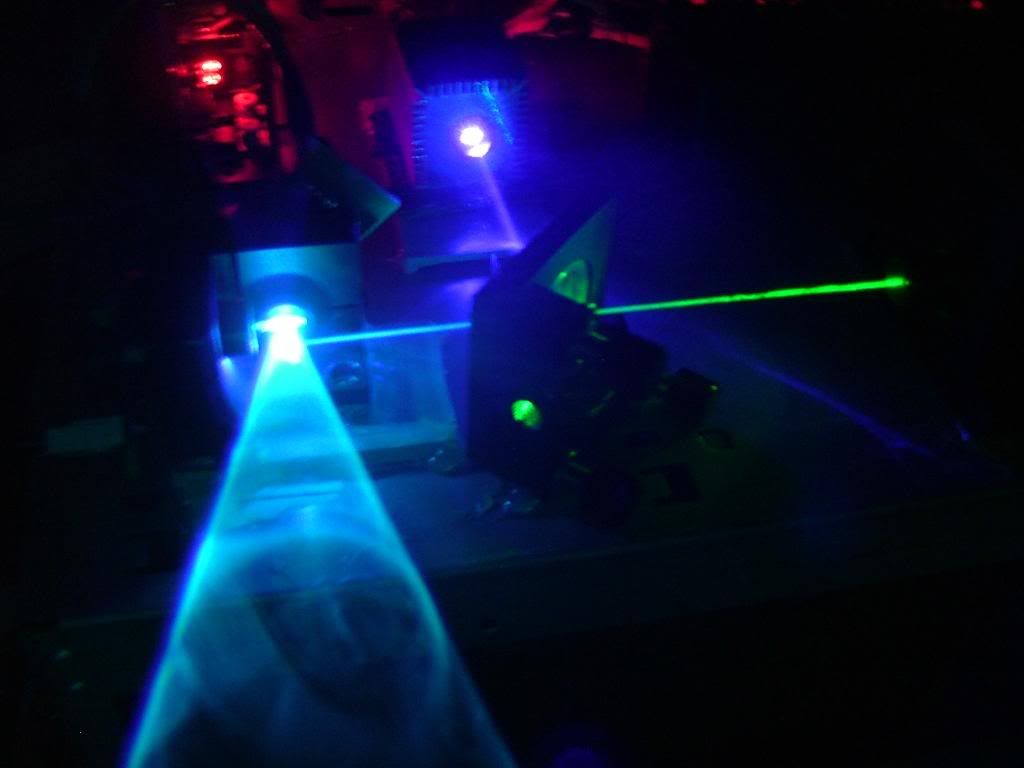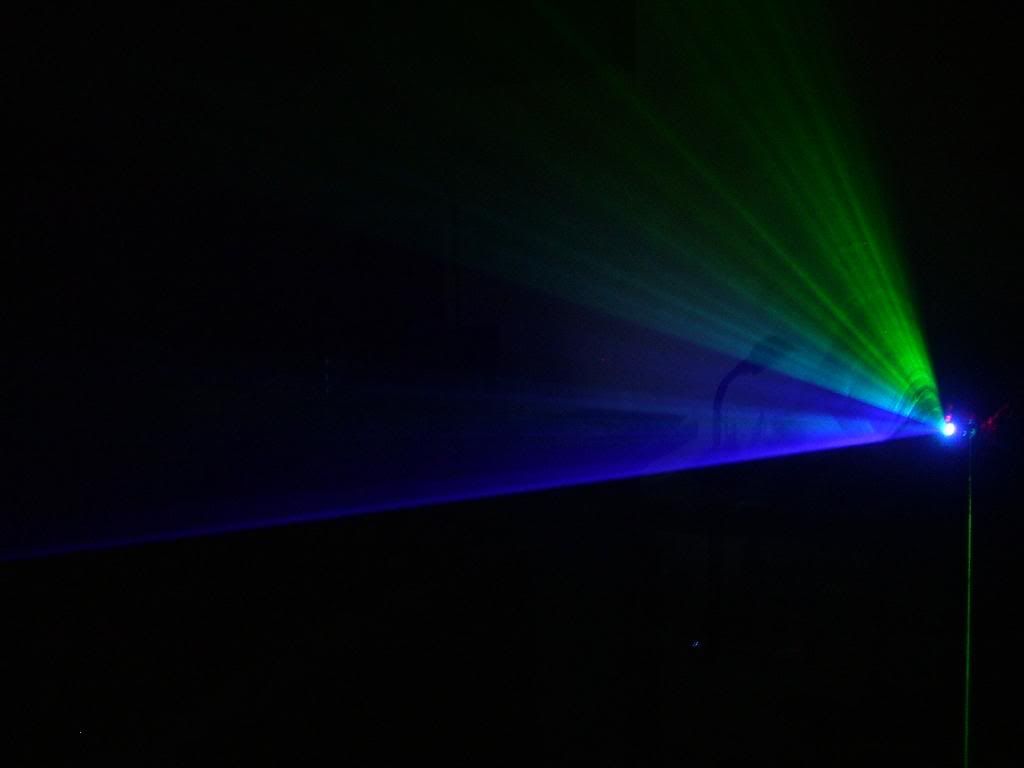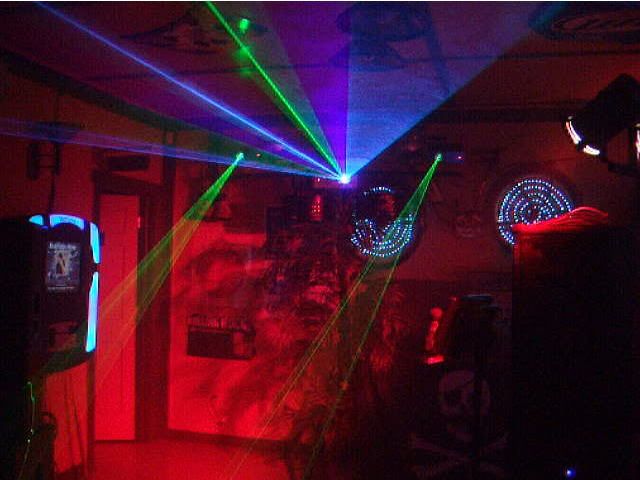blrock
0
- Joined
- Apr 29, 2009
- Messages
- 251
- Points
- 18
I believe combinding 405nm with some 532nm can give you some nice blue. Now that 405nm is rather affordable has anyone attemped this with positive results?
Do you need a dicrotic mirror to combined them? Or could you use a prism beam splitter?
UPDATE:
I held my 15mw greenie and 150mw violet as close together as possile with some of the green beam going down the violet beam....the beam is blue! So is the spot of the wall with the two lasers mix..
So the back to my orginal question.. what optics are need to mix the two beams.
Definitely the cheapest blue laser to make

Do you need a dicrotic mirror to combined them? Or could you use a prism beam splitter?
UPDATE:
I held my 15mw greenie and 150mw violet as close together as possile with some of the green beam going down the violet beam....the beam is blue! So is the spot of the wall with the two lasers mix..
So the back to my orginal question.. what optics are need to mix the two beams.
Definitely the cheapest blue laser to make
Last edited:






